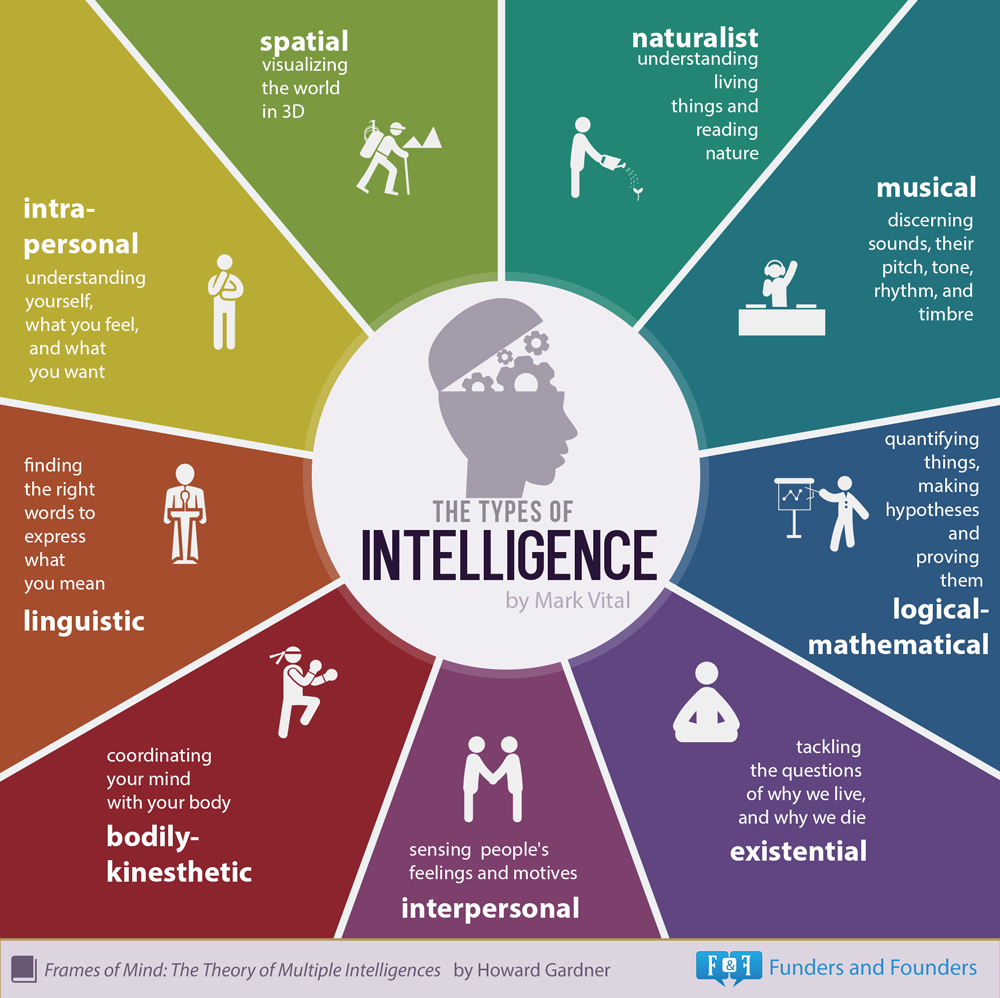Group members: Darren, Feli, Sarah, Isabella
Topic: Nihonga Japanese Screen Painting
Chosen Artifact
Four Seasons with Sun and Moon, as seen in the National Museum of Singapore, “Treasures from the British Museum”.
Visual Analysis
- Both screens have subject matters of nature and landscape: trees in different seasons, hills and valleys ‘framing’ the trees, grass, flowers.
- Golden frame.
- Each screen is divided into 2 ‘scenery’. First image: winter (L) with its white snow on the leaves, autumn (R) with red falling leaves, and both are during the day because the tone is bright. Second image: Summer (L) with barren land and withered plant, spring (R) with baby plants, blooming flowers and grass, and both are during the night because there is circular moon at the top side of the painting
Contextual Analysis
- Sun represents the male yang, moon represents the female yin
- The way of yin and yang (‘Onmyodo’) in the religious context
- Yang also represents brightness/light while yin represents darkness.
- The four seasons is a common subject matter in japanese paintings. It represents a full cycle and the passing of time. Expressing a transition.
Visual Response Idea
- The digital painting of Singapore modern landscape.
- Might include famous landmarks, buildings and places such as Merlion, Marina Bay Sands, Singapore Flyer, Buddha Tooth Relic Temple, Esplanade Theatre and many more.
- Nature’s element presented in the painting: rain forest trees, orchids, or other plants which are present in Singapore.
- The painting can be folded, just like Japanese screens
Claim
Commemorating the 50th anniversary of Japan-Singapore diplomatic relationship. That is the reason why we combine Japanese traditional aspect (folded screen) with modern landscape of Singapore. We feel that not many people know about this ongoing special celebration, hence this visual response might serve more than just a display but an informative artwork.

